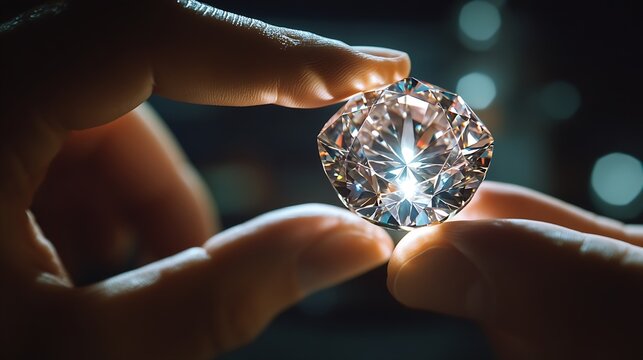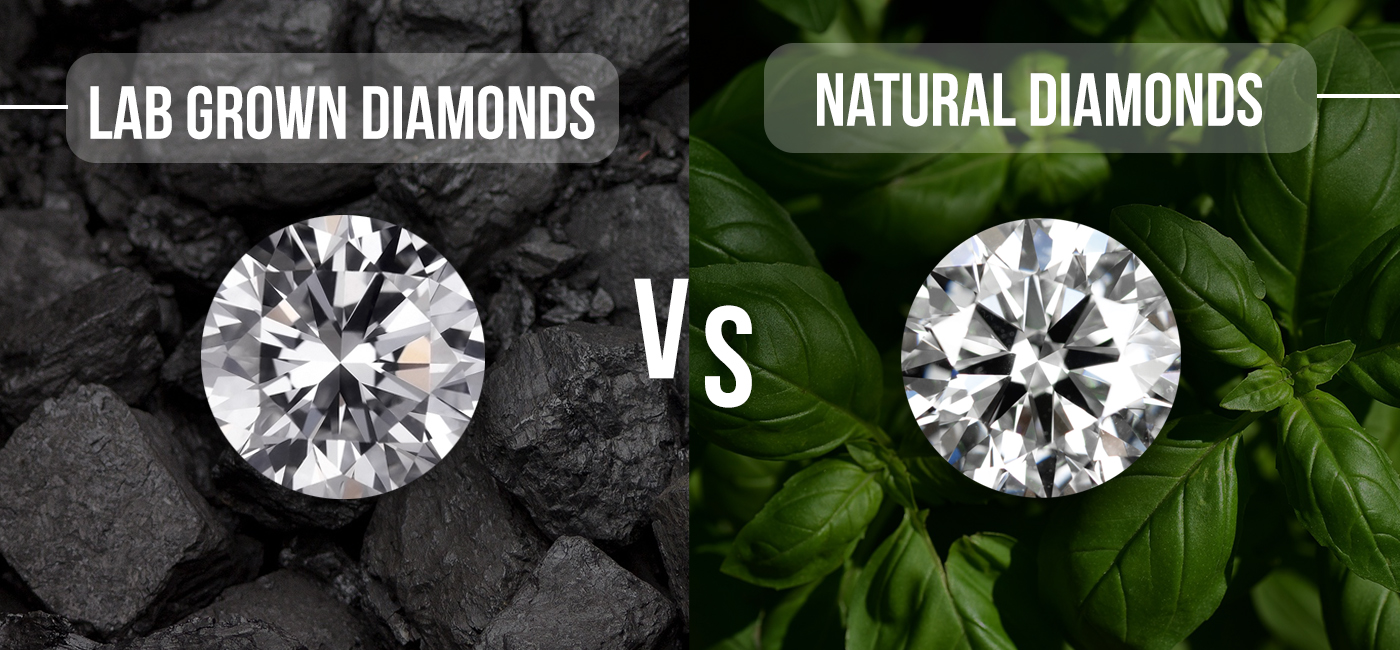Investment in Lab Diamonds: A Guide to Lab-Made Diamonds

Lab-grown diamonds have swiftly emerged as a notable option in the world of fine investment lab diamonds. These diamonds, grown under controlled laboratory conditions, offer ethical, sustainable, and potentially lucrative alternatives to natural diamonds. For investors seeking an innovative and forward-looking avenue, lab-made diamonds present a compelling case. This article explores the investment potential of lab diamonds, the benefits of lab-made diamonds, and why they are becoming a central part of the future diamond industry.
What Are Lab Diamonds?
Lab-grown diamonds are diamonds created in a laboratory environment that mimics the natural processes deep within the Earth. Using advanced technology, manufacturers recreate the pressure and temperature conditions that result in diamond formation. These diamonds are chemically, physically, and optically identical to natural diamonds, making them an appealing alternative for investors.
There are two main methods used to create lab-grown diamonds:
High-Pressure High Temperature (HPHT): This method simulates the Earth’s natural conditions by applying high pressure and high temperature to carbon, resulting in diamond formation.
Chemical Vapor Deposition (CVD): This technique involves breaking down gas molecules containing carbon to form a diamond layer by layer.
Both methods yield diamonds of extraordinary quality, often at a fraction of the cost of mined diamonds. Lab diamonds, due to their identical composition, are graded on the same standards as natural diamonds: cut, color, clarity, and carat.
The Case for Lab Diamonds as an Investment
Ethical and Sustainable Appeal
One of the primary reasons why lab diamonds have captured the attention of investors is their ethical nature. Traditional diamond mining has been associated with various environmental and social concerns, from the destruction of ecosystems to human rights violations. Lab diamonds eliminate these issues entirely. Grown in a controlled environment, they require fewer resources and have a smaller carbon footprint compared to mined diamonds.
Investors keen on sustainability and social responsibility are increasingly leaning towards lab diamonds. The demand for sustainable and ethical investments has grown rapidly, making lab-grown diamonds a favorable option for investors who prioritize responsible business practices.
Market Growth and Demand
The market for lab-made diamonds has seen significant growth in recent years. Advances in production technology have lowered manufacturing costs, leading to more affordable diamonds and greater availability. As consumer awareness of ethical and sustainable options increases, the demand for lab-grown diamonds has surged. According to industry reports, the global lab-grown diamond market is expected to grow exponentially in the coming decade, further positioning these diamonds as a viable investment.
In addition to being a more affordable and ethical choice, lab-grown diamonds have carved out a distinct place in the luxury market. Jewelry designers and consumers alike have embraced lab diamonds, with some of the most renowned jewelers incorporating them into their collections.
Why Lab-Made Diamonds Are a Smart Investment
Affordability with High-Quality Standards
One of the most significant advantages of investing in lab diamonds is their affordability. Lab-grown diamonds can be 30-40% cheaper than their natural counterparts, without any compromise in quality. Since lab diamonds are indistinguishable from mined diamonds in appearance, clarity, and cut, investors can acquire diamonds of greater carat weight or superior quality for the same price as smaller or lower-quality mined diamonds.
Appreciation in Value
The value of lab-made diamonds is poised to increase as awareness, demand, and technology continue to advance. As the market expands, and more consumers shift towards ethical diamonds, investors holding lab diamonds may see considerable returns. Moreover, lab-grown diamonds are not subject to the same depletion risks as natural diamonds, meaning the supply chain remains stable and predictable.
Portfolio Diversification
Adding lab diamonds to an investment portfolio can provide diversification, reducing overall risk. Diamonds have historically been considered a hedge against inflation and a store of value. While lab diamonds are still a relatively new market, their alignment with sustainability trends and evolving consumer preferences makes them an attractive option for forward-thinking investors.
By including lab diamonds, investors can tap into a growing industry with solid growth prospects while supporting ethical and sustainable practices.
Challenges in Lab Diamond Investment
Market Saturation
One challenge with lab-grown diamonds is the potential for market saturation. As production technology improves and more manufacturers enter the market, the supply of lab diamonds could increase rapidly. Investors need to remain vigilant and consider how an oversupply could affect prices.
Consumer Perception
Despite the rising popularity of lab diamonds, some consumers still prefer natural diamonds, associating them with rarity and prestige. This perception could influence the resale value of lab diamonds, especially if traditional diamonds retain their status as the ultimate luxury item.
However, changing attitudes, especially among younger generations, suggest that lab diamonds will continue to gain market share, mitigating this concern in the long term.
Tips for Investing in Lab Diamonds
Work with Reputable Jewelers
When investing in lab diamonds, it is essential to work with reputable and transparent jewelers. Ensure that your diamonds are graded by reputable institutions, such as the Gemological Institute of America (GIA) or the International Gemological Institute (IGI). Certification guarantees that you are purchasing a high-quality diamond, crucial for maintaining its value over time.
Focus on Quality
Just like with mined diamonds, quality matters. When selecting lab-made diamonds, focus on diamonds with high grades in terms of cut, clarity, color, and carat weight. High-quality diamonds will always be in demand, whether lab-grown or natural.
Consider Future Trends
Keeping an eye on future market trends is vital for maximizing the potential return on investment. For example, as sustainability continues to dominate global markets, ethical diamonds will likely gain more traction. Positioning yourself in this growing market early on could yield significant long-term benefits.
The Future of Lab Diamond Investment
The future of lab-made diamonds as an investment looks bright. The combination of affordability, ethical appeal, and the growing demand for sustainable alternatives creates a promising opportunity for investors. With technological advances continually improving the quality and production efficiency of lab diamonds, the market is well-positioned for expansion.
As more investors and consumers prioritize sustainability, lab diamonds are expected to continue capturing a significant share of the diamond market. Early adopters of lab diamond investment will likely benefit from the anticipated growth, both in value and demand.
Conclusion
Investing in lab-grown diamonds offers a unique opportunity to align with ethical and sustainable practices while diversifying your portfolio. As the market for lab made diamonds expands and consumer preferences evolve, these diamonds present a promising alternative to mined diamonds. For those seeking long-term investment potential, lab-grown diamonds represent a future-focused choice with solid growth prospects.








